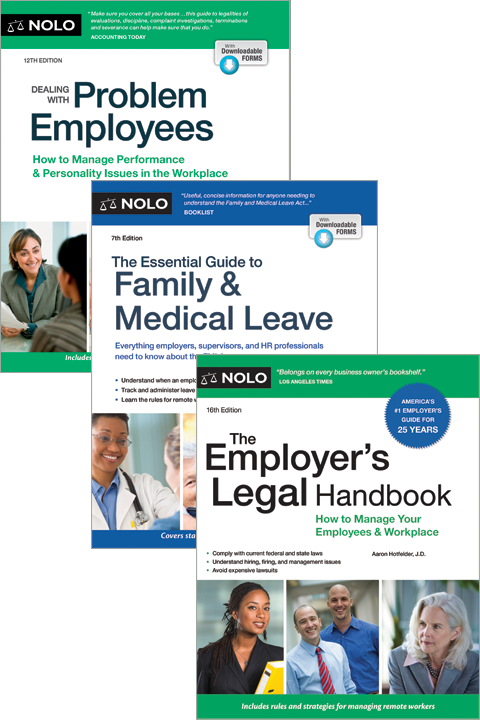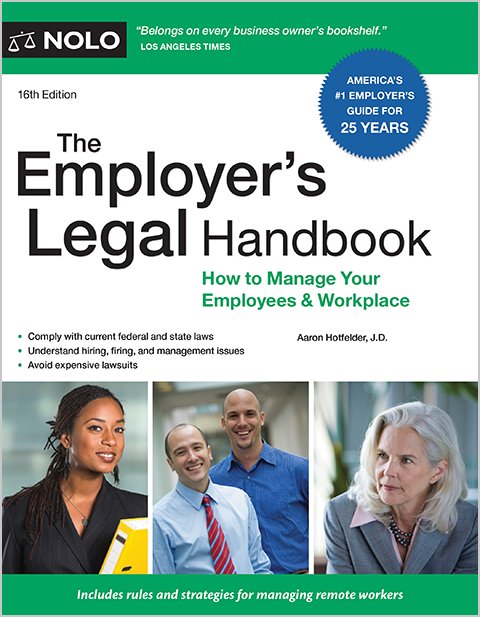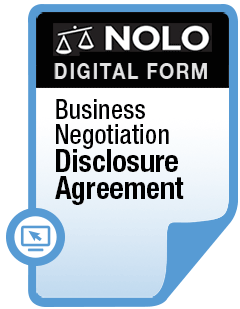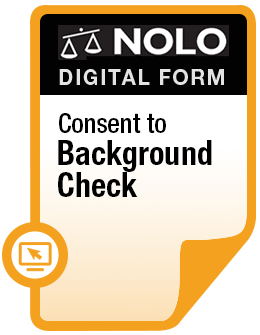Employers and employees both have notice obligations under the Family Medical Leave Act (FMLA).
Eligible employees have the right to take leave under the federal Family and Medical Leave Act for covered health and caretaking duties. (For more information on employee eligibility for leave, see Who Is Eligible for FMLA Leave?)
Both employers and employees have notice obligations under the FMLA. Employers must inform employees of their rights under the FMLA, using four different notice forms. Employees must inform employers of their need to use FMLA leave. The deadlines for employee notice depend on why the employee needs leave.
Employer Notice Requirements
Employers must give employees a series of notices about their rights under the FMLA and their obligations when using leave. The regulations that interpret the FMLA divide these notice requirements into four separate documents:
- A general notice, which must be posted conspicuously (this can be done electronically, as long as it's accessible to employees and applicants). The general notice must also be distributed to employees, either as part of the employee handbook or other written materials or as part of the paperwork given to each new hire.
- An eligibility notice, which must be provided to employees who request FMLA leave. The notice must indicate whether the employee is eligible for leave. If the employee is not eligible, the notice must state at least one of the reasons why not (for example, that the employee has not yet worked for the employer for 12 months). This notice must be provided within five business days after the employee's request.
- A rights and responsibilities notice, which provides a variety of information about FMLA leave, including whether the employer will require a medical certification and/or fitness for duty certification, payment of healthcare premiums, using paid leave, and more.
- A designation notice, which either designates time off as FMLA leave or notifies the employee that time off will not be designated as FMLA leave. For FMLA leave, the notice must indicate how much leave will be counted against the employee's 12-week entitlement, if the amount of leave is known. If the amount of leave is unknown, the employee can request a written statement of how much leave has been counted against his or her entitlement no more often than every 30 days. This written statement can be a notation on the employee's pay stub.
You can find notice forms at the Department of Labor's FMLA page. For detailed instructions on completing and providing the forms, deadlines, and more, pick up a copy of The Essential Guide to Family and Medical Leave.
Employee Notice Requirements
Employees must give notice at least 30 days in advance if their need for FMLA leave is foreseeable (for example, for non-emergency surgery).
Employees who need leave for an unforeseeable reason (for example, a family member is involved in a car accident) must give as much notice as is practicable, usually the same or next business day after the employee learns of the need for leave. An employee who does not give 30 days' notice must explain why such notice was not practicable, if the employer requests.
Does the Employee Need to Cite the FMLA When Requesting Leave?
Generally, employees need not refer specifically to the FMLA or to their legal right to take leave. However, they must provide sufficient information to let their employer know that the FMLA may apply (for example, that an employee needs time off after a baby is born or to care for a seriously ill parent).
It's up to the employer to recognize the possibility that an employee's request for leave may be protected by the FMLA and to ask for more information, if necessary, to determine whether the law applies.
If the employee has already taken FMLA leave and requests more time off for the same reason, then the employee must specifically refer either to the FMLA or to the qualifying reason for leave. This rule recognizes that employees who have already used the FMLA and know their situation qualifies for FMLA leave can be expected to know the rules and provide more extensive notice.
FMLA leave is unpaid. An employee who wants to substitute paid leave available under a company policy for unpaid FMLA leave must meet all of the notice and other procedural requirements of company policy.
For example, if an employer requires two weeks' advance notice for vacation requests, an employee must give notice two weeks in advance to substitute vacation time for FMLA leave, even if the employee needs FMLA leave for an emergency that wasn't foreseeable two weeks in advance. The employee is still entitled to FMLA leave for that time, but can be prohibited from substituting paid leave until the two-week notice period has passed.



